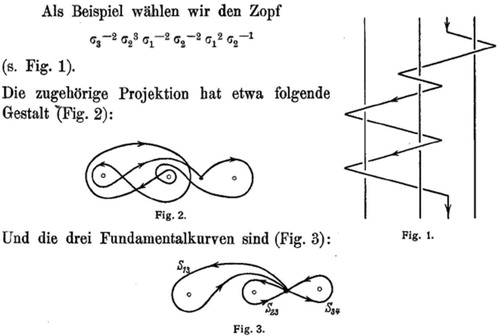Figures & data
Figure 1. (a) Artin’s drawing of a concatenation of two braids (Artin Citation1926, 48). (b) A forbidden braid (ibid.) (c) A drawing of the generator σi (ibid., 49)
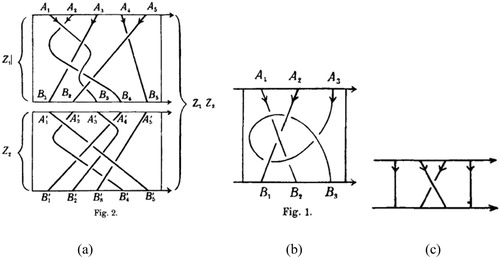
Figure 2. Inducing the relation σi σi+1 σi = σi+1 σi σi+1 (Artin Citation1926, 51)
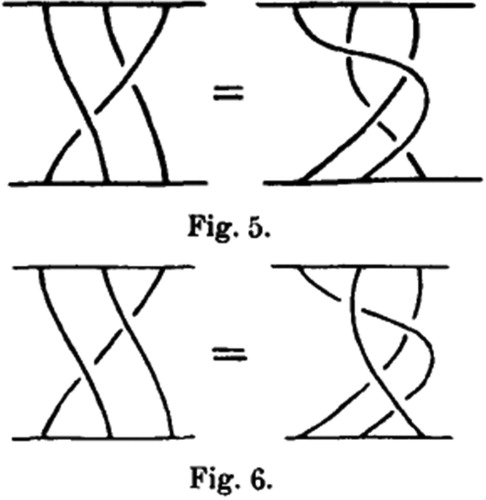
Figure 3. A drawing of the braid a4, which commutes with all other braids in the braid group of four strings (Artin Citation1926, 54)
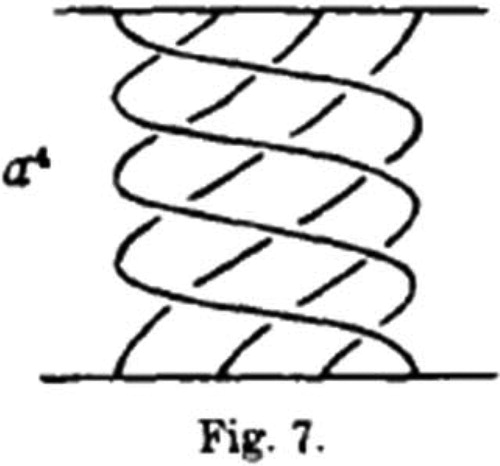
Figure 4. Artin’s drawing for illustrating a cut of a closed braid (Artin Citation1926, 55)
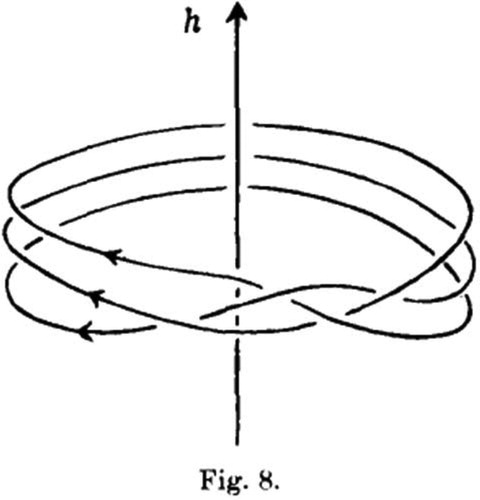
Figure 5. A drawing of Burau, depicting the points A and B and the two classes of strings, denoted by α and β (Burau Citation1932, 118)
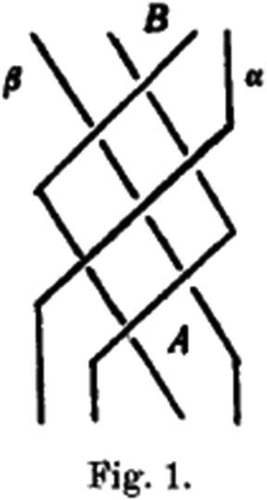
Figure 6. Fröhlich’s depiction of finding the fundamental curves of K (Fröhlich Citation1936, 227)
